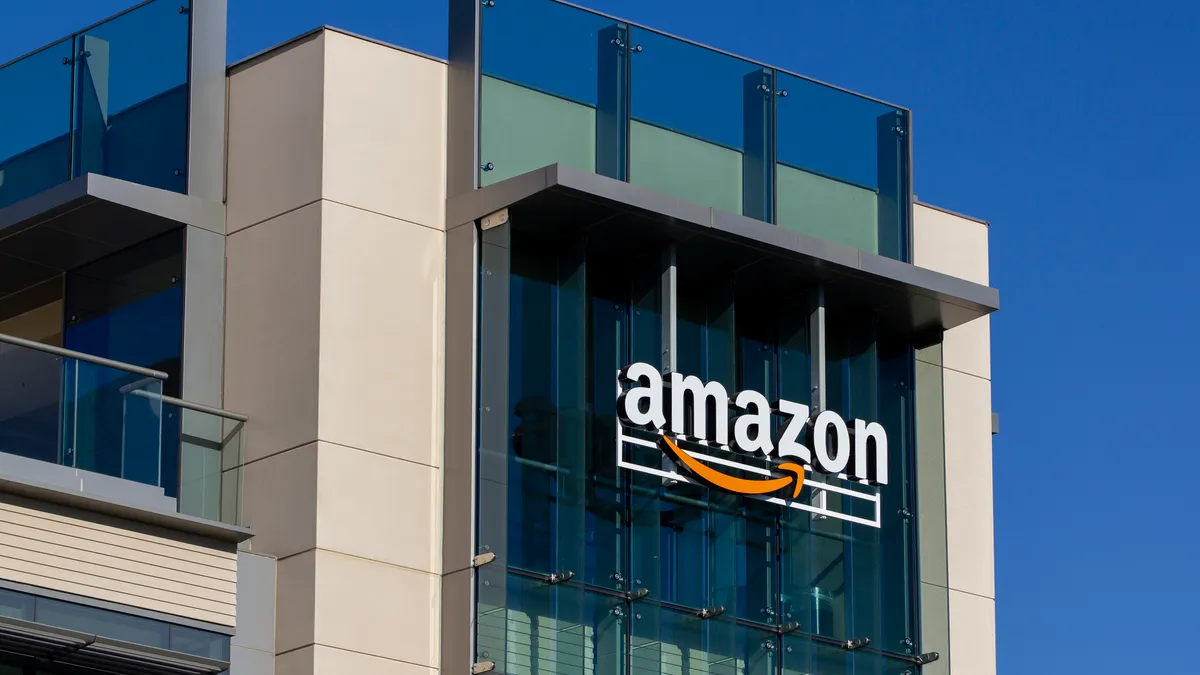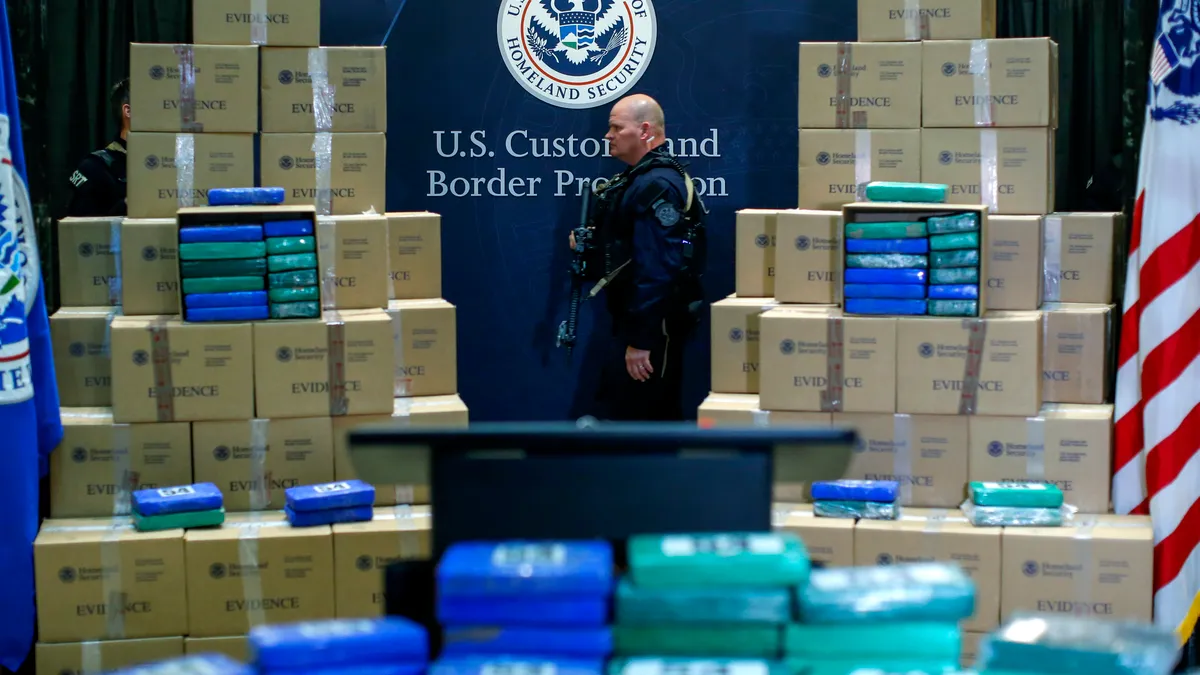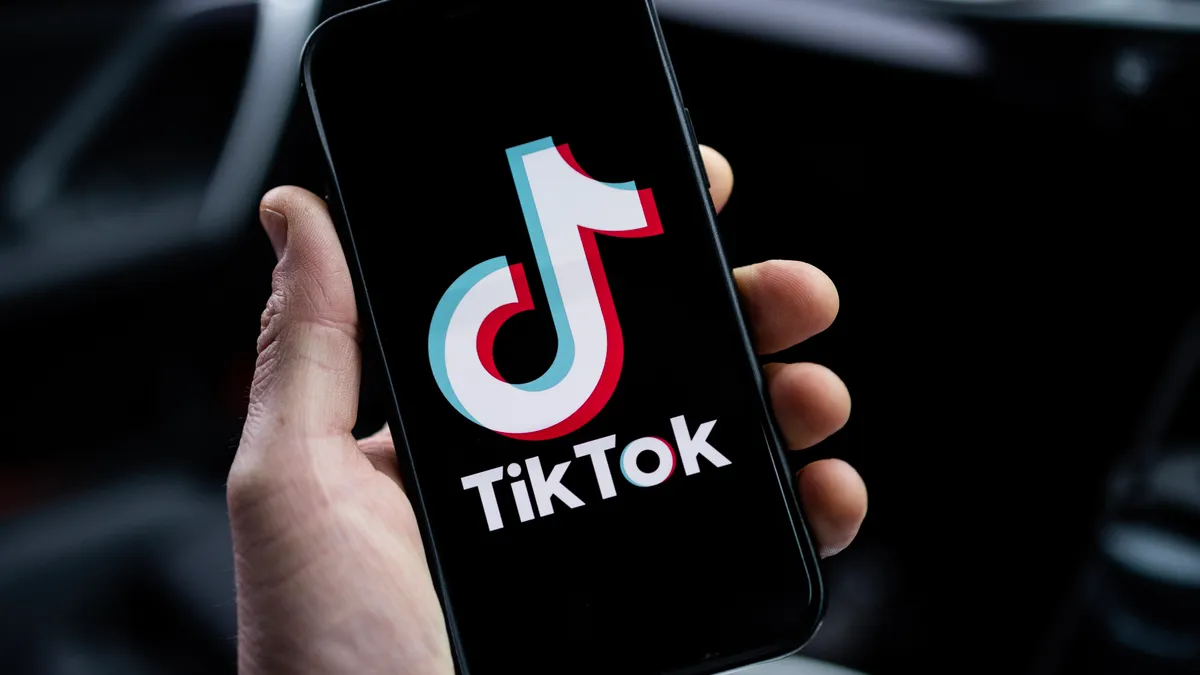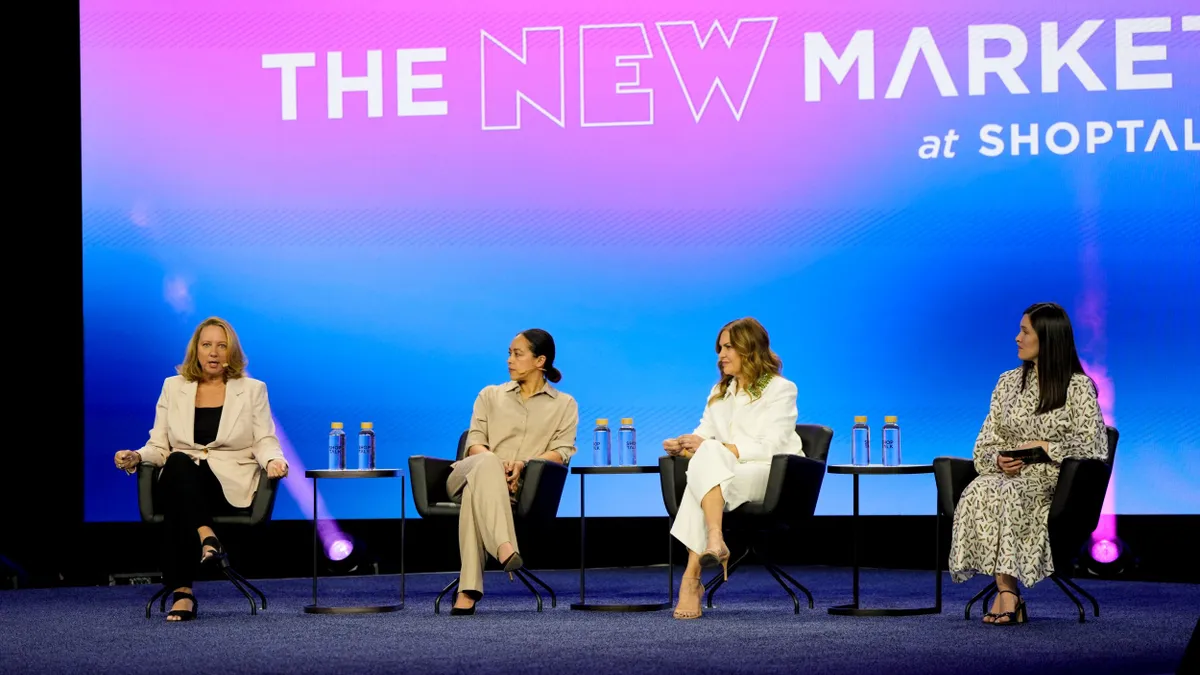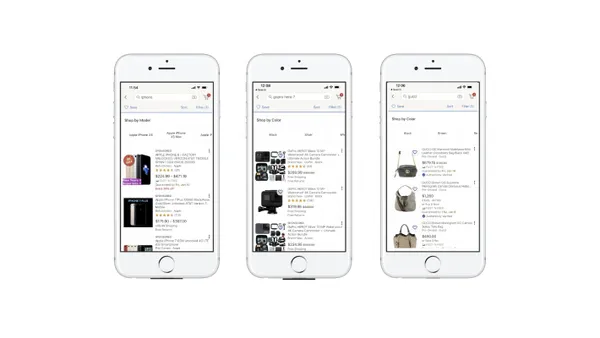Despite tight budgets and wariness about the economy, U.S. consumers have come through for retailers in 2023, and that has continued into the all-important fourth quarter. Even with some holiday promotions moving into October, Black Friday and Cyber Monday helped push November retail sales up nearly 6% compared to last year.
But much of that will inevitably be undone. With retail sales come returns, and that’s always been especially true at the holidays. Last year, the National Retail Federation pegged retail’s return rate at 16.5%, or about $816 billion worth of merchandise, while at the holidays it was projected at close to 18% or nearly $171 billion.
That may be even worse this year. In September, returns logistics platform goTRG found that half of retailers were finding returns to be a “severe problem,” especially during the holiday season — way up from the 2% who thought so the year before. This year, returns platform Optoro, using NRF and its own data, expects $173 billion in goods to be returned between Thanksgiving and the end of January. Just a day or two after Cyber Monday, nearly a quarter of shoppers had already returned or planned to return at least one of those purchases, according to data management firm Syndigo.
“Returns peak is upon us,” Optoro CEO Amena Ali said by video conference call. “And we're seeing a very robust return season this year. That's partially because e-commerce as a category continues to go up.”
Returns mean not just lost sales, but also headaches, losses and costs, starting with the fact that returned merchandise often can’t be resold at full price, if it can be resold at all. Last year, nearly 44% of retailers surveyed by the NRF said they would hire more staff to handle returns during the holidays. The expenses tied to dealing with the logistics of returns often surpasses an item’s worth, to the point where 59% of retailers have customers just keep some items; about 27% have decided that applies to anything priced $20 or less, according to goTRG.
What retailers are doing about returns
The rise of online shopping and easy return policies have both pushed up return rates, according to goTRG. Nearly half of shoppers make a return every few months, and 22% do so each month, Optoro found.
This holiday season, consumers are leaning into online shopping. In November, e-commerce sales soared 10.6% year over year, according to the U.S. Commerce Department’s monthly retail sales report. On Black Friday, consumers spent a record $9.8 billion online, up 7.5% year over year, according to data from Adobe Analytics.
While there’s not much to be done about that, many retailers are taking another look at their return policies. About a third of retailers offer a seven-day return window, 27% offer 14 days, 28% offer 30 days and 7% offer up to 90 days, according to goTRG’s survey. More than 40% plan to shorten their windows for the holidays.
In the last 12 months, nearly half of retailers have gone so far as to implement return fees for the first time, joining the likes of Amazon and Zara, per goTRG’s survey. H&M, Zara and others have targeted online orders; at H&M only members of its free loyalty program can avoid online return fees.
Others have toughened return policies in other ways, as at Bath & Body Works. At select U.S. stores, customers are now limited to $250 in non-receipted returns or exchanges within a 90-day period, and must show a government-issued ID to track returns and exchanges. In the last 12 months, about a quarter of retailers started only allowing an exchange for store credit, per goTRG.
The risks of getting tough
Retailers and brands should think hard before instituting preventative or punitive policies around returns, however, experts say.
“We think a lot about — are returns good or bad?” Optoro’s Ali said, noting that, while fraud and abuse must be addressed, a well-oiled returns system can aid inventory management and foster excellent customer experiences.
Cracking down on returns, especially with fees, has discouraged some shoppers who had once routinely ordered many items knowing they would make a return, according to research from review platform Trustpilot. A little over a third of consumers said they are a “serial returner,” with another 30% saying they used to be. Of those who have stopped, 47% said it was due to return fees.
Optoro found that 35% of apparel and accessories consumers “bracket” their online purchases, ordering more than one size or color with the intention of returning at least a portion.
Some consumers are frustrated with changes like new fees or shorter return windows, especially with budgets so tight this year, according to Vincent Petrillo, Trustpilot’s vice president of commercial for North America. More than 60% of shoppers quit frequenting a retailer that charges return shipping, with about 64% choosing to shop at retailers with the best return policy, according to Optoro. Some 44% say they care about free return shipping most of all, per that research.
Even if such policies are deemed necessary, retailers should at least be up front about them, Petrillo said in a statement.
“With seventy-seven percent of Americans stating that a retailer’s returns policy has an influence on how trustworthy they perceive that retailer to be, it’s more important than ever for retailers to put transparency at the forefront of their returns strategy, especially during such a high-stress buying season,” Petrillo said.
Allowing customers to return online orders in stores can be a problem if its creates long lines or stresses staff, according to Shopify. But consumers like the convenience and the option drives traffic to stores, which has led nearly half of retailers to find a way to encourage buy online, return in store, according to goTRG.
Perhaps most important, 65% of shoppers make the most returns where they shop the most and, often, spend the most, according to Optoro.
“Your most frequent returners are actually your best customers,” Ali said. “I think it's important to remember that it's seven times more expensive to acquire a new customer than to keep a customer.”











